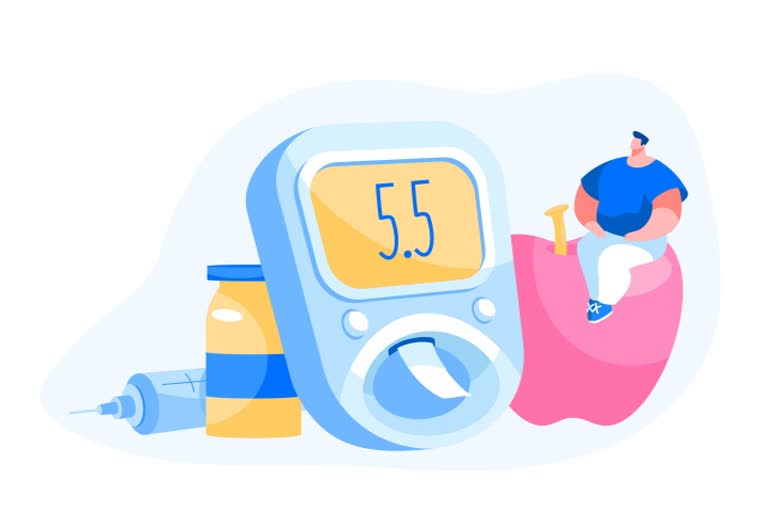Ayurveda considered fruits as readymade food and do not need further processing. They were an integral part of the diet. Today, the diversity of fruits is international in scale. Many seasonal fruits are now available perennially. Generally, fruits are considered as healthy food.
The percentage of the population suffering from type 2 diabetes is increasing. It is now almost 9% in India. Insulin resistance, metabolic syndrome, hyperactivity of the adrenal cortex, etc. may elevate the glucose levels in the blood, leading to bad effects in the long term. More glucose in the blood for longer periods affects the health of the eyes, kidneys, heart, and liver. Therefore, it is advised to keep glucose level in tolerable limits.
Glucose is a carbohydrate present in all edible foodstuffs. It is very important for metabolism. All living cells burn it to derive energy. Inside the body, carbohydrates turn to proteins or fats and vice versa. Carbohydrates could be in the form of monosaccharides like glucose, galactose, fructose; disaccharides like lactose, sucrose; or polysaccharides like starch. The human gut has enzymes that split the polysaccharides and disaccharides into monosaccharides for absorption in the form of glucose, fructose, and galactose.
Almost all fruits contain fructose, which is absorbed through simple diffusion into the blood, while the glucose is transported through the so-called sodium co-transport mechanism. Glucose level shoots in the blood suddenly, while fructose raises the blood glucose level slowly. So eating fruits does not cause a sudden increase in glucose. Galactose is known as brain sugar because it makes the components of neurons. Diet comprised of fruits, vegetables, and dairy. Fruits are especially rich in fructose. However, they also provide fiber, polyphenols, and vitamins, which are essential for overall health. If fruits are avoided by diabetics, they miss important elements and nutrients, particularly fiber and polyphenols.
Glycemic index and glycemic load are two different concepts. Diabetics should choose low glycemic load fruits. Orange fruit has a glycemic index of 52 but the glycemic load is only 4.4. A candy bar will have GI 55 and GL 22. Apples, bananas, mango, plums are better for diabetics. Banana also contributes Potassium and tryptophan, an important amino acid. Pineapple and watermelon have a high GI. Apples, avocado, banana, grapefruit, kiwi, orange, plums have a low GI and low GL. Figs, papaya, and pineapple have medium GI and GL. Dates and watermelon have a high GI.
Also read: Heart Health Is The First Step To Health.
Citrus fruits contain vitamins A and C, which are good antioxidants. Honey mostly contains fruit sugar, fructose. Regular consumption of fructose may appear harmless but in the long term, it may create fatty liver and increase the levels of Ghrelin, a hormone that increases cravings. Therefore, diabetics should limit the consumption of fruits like apples, bananas, and mango to one or two servings. They may relish fruits like pineapple, papaya, and figs only occasionally. Fruits may form only 10-15% of the diet in volume for diabetics.



